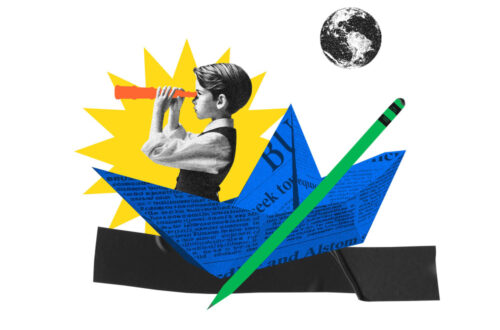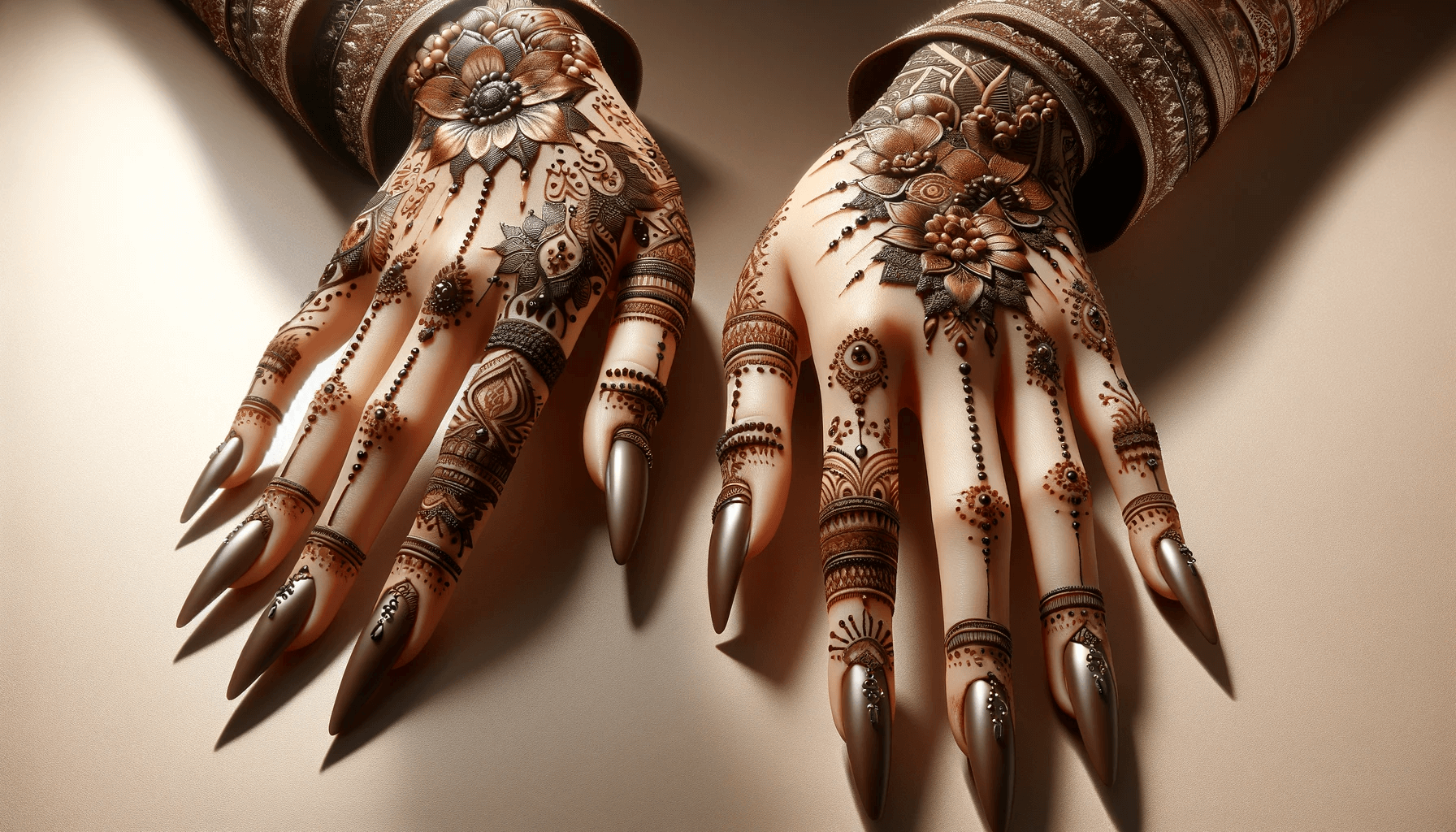Are you new to graphic design and looking for some fresh ideas to hone your skills? Look no further than these 10 beginner-friendly projects that are sure to inspire your creativity and jumpstart your career.
Key Takeaways:
- Embrace minimalism to create clean and simple designs
- Draw inspiration from nature and incorporate organic elements into your designs
- Explore the world of typography and experiment with fonts and text
- Learn about color psychology and use it to evoke emotions in your designs
- Bring your ideas to life through digital illustration
- Create visually engaging content for social media platforms
Embrace Minimalism: Creating Clean and Simple Designs
Who says design has to be complicated? Embracing minimalism is the perfect way to create easy and simple graphic designs that are visually stunning. The best part? Minimalist designs are great for beginners because they are easy to execute and require fewer elements.
To get started, think about what you want to communicate with your design. Choose one or two key elements, and keep everything else to a minimum. Whitespace is your friend! It helps draw the eye to the important parts of your design and makes it easier to read.
When choosing colors, stick to a limited color palette. Black and white is a classic minimalist combination, but you can also experiment with soft muted tones or bold pops of color for added impact.
Typography is also an essential aspect of minimalist design. Stick to sans-serif fonts for a clean, modern look. Don’t be afraid to play with font weights and sizes to create contrast and hierarchy within your design.
Remember, when it comes to minimalist design, less is more. Keep it simple and let the design speak for itself!
Get Inspired by Nature: Designing with Organic Elements
Ready to take your graphic design skills to the next level? Look no further than nature itself! Creating designs with organic elements is a great way to add depth and personality to your work.
One beginner-friendly way to incorporate nature into your designs is to use leaf imagery. With their delicate veins and intricate shapes, leaves make for a beautiful and versatile design element. Try scanning real leaves and incorporating them into your designs as a background or border.
Another way to incorporate organic elements is to use watercolor or brush fonts that mimic the natural flow of handwriting. These fonts create a human touch and add warmth to your designs.
Finally, don’t forget about the power of flowers! Whether you’re using soft pastels or vibrant hues, blooming flowers add a touch of whimsy and romance to any design.
So go ahead, take a walk in the park or your garden and let the natural world inspire you. With a little creativity and experimentation, you’ll be able to create stunning designs that reflect the beauty of nature.
Typography Exploration: Playing with Fonts and Text
You don’t have to be a wordsmith to appreciate the beauty of typography. Playing with fonts and text can be a fun way to add personality and spice up your designs. Here are some beginner-friendly graphic design tips to get you started:
- Choose the right font: The font you choose will set the tone for your design. Consider the message you want to convey and choose a font that complements it. There are countless options out there, so don’t be afraid to experiment!
- Play with hierarchy: One way to add interest to your designs is to play with the hierarchy of your text. Make certain words or phrases stand out by varying the font size, weight, and style.
- Experiment with spacing: Adjusting the spacing between letters and lines can have a big impact on the look and feel of your design. Try tightening or loosening the spacing to see what works best.
- Combine fonts: Mixing and matching different fonts can create a unique and eye-catching design. Just be sure to choose fonts that complement each other and don’t clash.
These beginner graphic design projects will help you hone your typography skills and create visually stunning designs that stand out. With a little practice and experimentation, you’ll be well on your way to becoming a typography master!
Color Psychology: Using Colors to Evoke Emotions
Congratulations, you’ve made it to the colorful section of our beginner graphic design ideas! Now, we’ll explore how colors can make your designs impactful and evoke various emotions.
First off, let’s understand the psychology behind colors. Did you know that different colors can affect our moods and perceptions? For example, red evokes excitement and passion, while blue is calming and trustworthy.
So how do you use this knowledge to create effective designs? Start by identifying the emotion or mood you want to convey. For instance, if you want to create a sense of excitement and urgency, use red. If you want to create a calming atmosphere, use blue or green.
But be careful not to overdo it with too many colors. Keep it simple and use no more than three or four colors in your design. This will keep the focus on your message and avoid overwhelming your audience.
Here’s a step-by-step guide for using colors effectively in your designs:
- Identify the emotion or mood you want to convey.
- Choose one or two primary colors that represent the emotion or mood.
- Select an accent color that complements the primary colors.
- Use the primary colors for backgrounds, headlines, and main elements.
- Use the accent color for smaller elements and details.
By following these steps, you’ll be able to create designs that effectively communicate your message and evoke the desired emotions. So go ahead, experiment with colors and see the impact they can have on your designs!
Exploring Digital Illustration: Bringing Your Ideas to Life
Is your imagination brimming with creative ideas? Do you want to learn how to bring them to life using digital tools? Then, digital illustration might be the perfect beginner graphic design idea for you.
In this section, we’ll guide you through the process of digital illustration step-by-step. By the end of it, you’ll be able to create visually captivating designs that truly reflect your vision.
Step 1: Sketch Your Ideas
The first step in digital illustration is to sketch your ideas. You can use a pencil and paper or a digital tablet to do this. Once you have an initial sketch, you can begin to refine it and make changes until you are satisfied with the design.
Step 2: Choose Your Digital Tools
Next, you’ll need to choose the right digital tools to bring your sketch to life. Popular digital illustration software options for beginners include Adobe Illustrator and Sketch. These programs allow you to easily create shapes, lines, and curves, and manipulate them to create your desired image.
Step 3: Add Color and Texture
Once you have created the basic design, you can begin to add color and texture. This is where you can really get creative and make your design stand out. You can experiment with different colors and textures until you achieve the desired effect.
Step 4: Refine Your Design
After adding the finishing touches, take a step back and assess your design. Ask yourself if there are any areas that need refinement or improvement. This is your chance to tweak and adjust your design until it looks perfect.
Now that you know the basics of digital illustration, you can start exploring more advanced techniques and experimenting with different styles. The possibilities are endless, and with practice, you’ll be able to create stunning digital designs in no time.
Designing for Social Media: Creating Engaging Visual Content
If you’re looking to jumpstart your career in graphic design, social media is the perfect platform to showcase your skills. With over 3.6 billion people on social media, there’s no shortage of potential clients and customers for your designs.
But how do you create visually engaging content that stands out on social media? Here are some beginner-friendly graphic design ideas for designing for social media:
1. Know your audience
Before you start designing, it’s important to understand your target audience. What kind of content do they enjoy? What colors and styles resonate with them? By understanding your audience, you can create designs that appeal to their interests and preferences.
2. Keep it simple
When it comes to designing for social media, less is often more. Keep your designs clean and simple, focusing on one or two main elements. This will make your content more visually appealing and easier to digest for your audience.
3. Use eye-catching visuals
Visuals are key to creating engaging social media content. Use high-quality images, videos, and graphics to grab your audience’s attention and make your content stand out in their feeds.
4. Incorporate your brand
If you’re designing for a business or personal brand, it’s important to incorporate your brand elements into your designs. Use your brand’s colors, fonts, and logos to create a cohesive visual identity across all of your social media content.
5. Stay on trend
Social media is constantly evolving, and it’s important to stay up-to-date on the latest trends and design techniques. Follow other designers and social media accounts in your niche to stay inspired and learn new tips and tricks.
By incorporating these beginner-friendly graphic design ideas into your social media content, you can create engaging designs that will help build your brand and attract new followers. So get creative, have fun, and start designing today!




